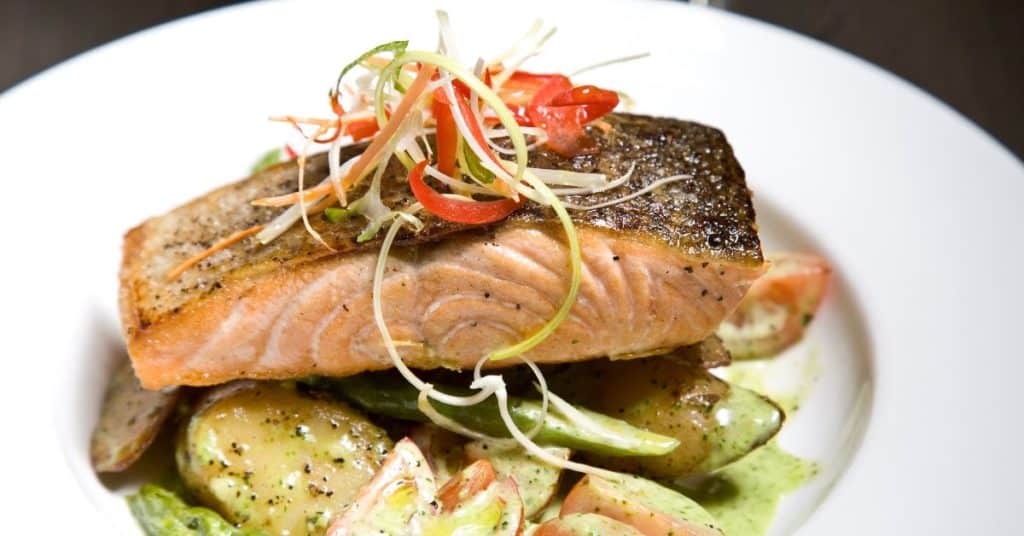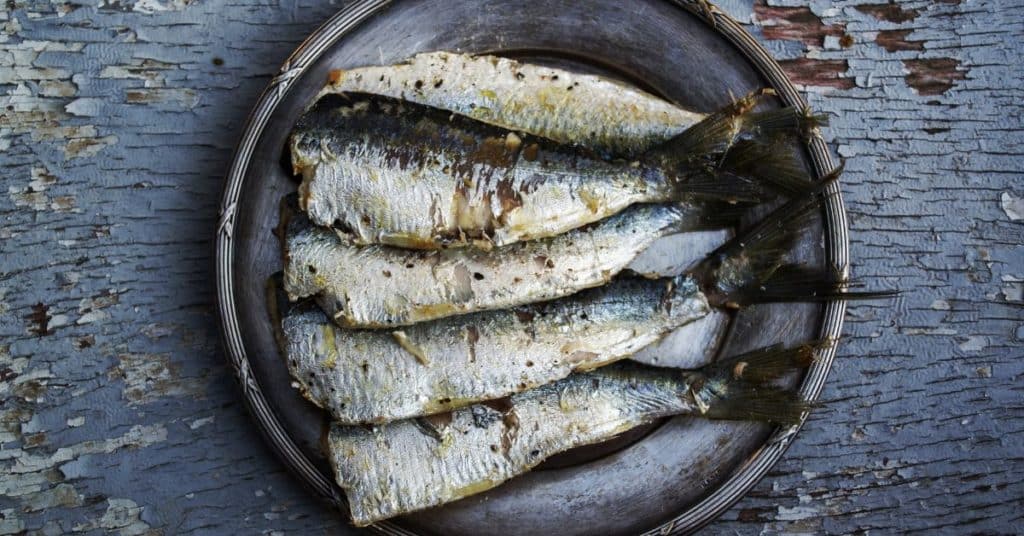
Benefits and Disadvantages of Eating Fish
Ringing in the ears? Fatigue? Depression? Anxiety? Memory concerns? These symptoms can indicate a variety of health concerns. Labs may indicate that the body is working just fine with no major cause for concern. However, your symptoms tell you otherwise. You do not feel well. Your symptoms are not normal. Today, the impact of nutrition on health is gaining traction. However, in our culture, we like to go above and beyond. More is always better, right? This is practiced with excessive exercise, overuse of supplements, and exceptionally strict food choices. Too much of a good thing may not be a good thing for the human body. An example of this is the consumption of fish. Fish is a wonderful source of nutrition and there are many reasons to include this in your diet. Let’s discuss the pros and cons to get to the bottom of the question: How much fish is too much?

Pros of Eating Fish
1. Omega-3 Fatty Acids
Did you know there are three types of omega-3 fats and two of them are found in fish? Omega-3 fatty acids reduce the risk of heart disease, inflammation and may even improve blood pressure and brain health. These types of fats are most abundant in oilier fish such as salmon, tuna, sardines, herring, mackerel, and trout. Don’t be alarmed that some of these nutrient-rich fillets are often sold in cans. This may serve you well as canned seafood is often less expensive and more convenient than their fresh counterparts. Canned salmon is versatile for individuals who have limited access to the fresh wild varieties and a good substitute for eating tuna multiple times per week.
2. Vitamin D
This vitamin is the centerpiece of many nutrition-based discussions. Vitamin D is a priority in health care because of its health benefits and because many people are deficient in vitamin D. Vitamin D helps absorb calcium into the bones. Research evidence notes the importance of repleting those who are deficient in vitamin D. However, additional studies are necessary to evaluate if vitamin D impacts the immune system and prevents the development of other chronic disease states (1).
3. Protein and other nutrients
When compared to poultry and red meat, many fish contain nutrient benefits without the added cost of high saturated fats. They provide the body with protein, B vitamins, calcium, selenium, potassium, vitamin D, iron and zinc. That’s a lot of bang for your buck!

Cons of Eating Fish
Fish has many benefits for overall health. However, there are a few other factors to consider.
1. Frequency
The Dietary Guidelines for Americans recommend two to three servings per week or an average of eight ounces per week for adults. Children can safely consume seafood after 2 years of age with a goal of one to two 3-ounce servings per week.
2. Contamination
All fish contain mercury. However, the larger ones in the food chain carry more mercury and are also less abundant in the environment. This is important to consider because an over consumption of fish may lead to elevated mercury levels. Individuals try to practice preventative health by ingesting fish only and as a result experience adverse side effects such as tinnitus. For example, mercury toxicity can be the root cause of tinnitus, depression, fatigue, thyroid changes, anxiety, and cognitive dysfunction. Do your body a favor by choosing fish with low levels of mercury and protect the environment by limiting your consumption of the larger ones.
The United States Environmental Protection Agency (EPA) recommends a maximum of 6 ounces per week of high mercury fillets (i.e. ahi tuna and swordfish). Boost your intake with salmon, sole, flounder, freshwater trout or herring to name a few. Click on this link to view the mercury levels in fish as outlined by the Natural Resource Defense Council.
3. Buy sustainably-caught, wild fish
These fish are labeled with the Marine Stewardship Council’s designation which indicates sustainably caught wild fish. Wild fish are preferred over farm raised fish because they have less exposure to bacteria, parasites and man-made toxins. Currently, there are efforts to improve the environments of farm-raised fish. This is good news and important because the World Bank estimates more than two-thirds of fish will be farm raised by 2030. For more information on sustainable seafood, visit this resource.

Balanced Recipes for Better Health
It’s important to note fish is not the only source of mercury. For purposes of this nutrition blog, we will focus on how to incorporate fish in a balanced way. Here are few recipes to inspire you to eat low level mercury fish a couple times of week. Variety is important. This will help meet nutrient needs, satisfy food preferences and avoid excessive levels of mercury or another potential toxin.

Sole Fried Rice
Ingredients
- 1 cup jasmine rice, dry uncooked
- 2 tbsp fish sauce
- 2 tsp honey or to taste
- 2 tbsp lime juice
- 1 tbsp extra virgin olive oil
- 12 cremini mushrooms, sliced
- 1 lb sole fillet, boneless
- 1 cup frozen peas, thawed
Instructions
- Cook the rice according to package or in your slow cooker. Set aside. (One of my favorite kitchen tools I acquired with my marriage is the rice cooker. It makes life so much easier!)
- In a small saucepan over medium heat, whisk the fish sauce and honey together until blended. Remove from heat and add the lime juice. Set aside.
- In a large pan, heat half the oil over medium-high heat. Cook the mushrooms until soft, about 5 minutes. Transfer to a bowl.
- Heat the remaining oil in the same pan over medium high heat. Cook the sole fillets for 1-2 minutes per side or until cooked through.
- Use your spatula to break the sole into chunks. Stir in the mushrooms, peas, cooked rice and lime-fish sauce. Divide into bowls and enjoy!

Sardine Stuffed Avocado
Ingredients
- 1 avocado, cut in half
- 2 ounces sardines
- 1 tbsp mayonnaise
- 1 tbsp lemon juice
- ¼ tsp sea salt
- ½ cup parsley, chopped
Instructions
- Slice the avocado in half and remove the avocado pit. Scoop out flesh of the avocado leaving a shell for the sardine mixture. Set the avocado shell aside and reserve the avocado flesh for step two.
- In a bowl, mash together the avocado flesh, sardines, mayonnaise, lemon juice, sea salt and parsley.
- Stuff the avocado with the sardine mixture. Serve immediately and enjoy!
Sources
- DOI: 10.3390/nu12072097

